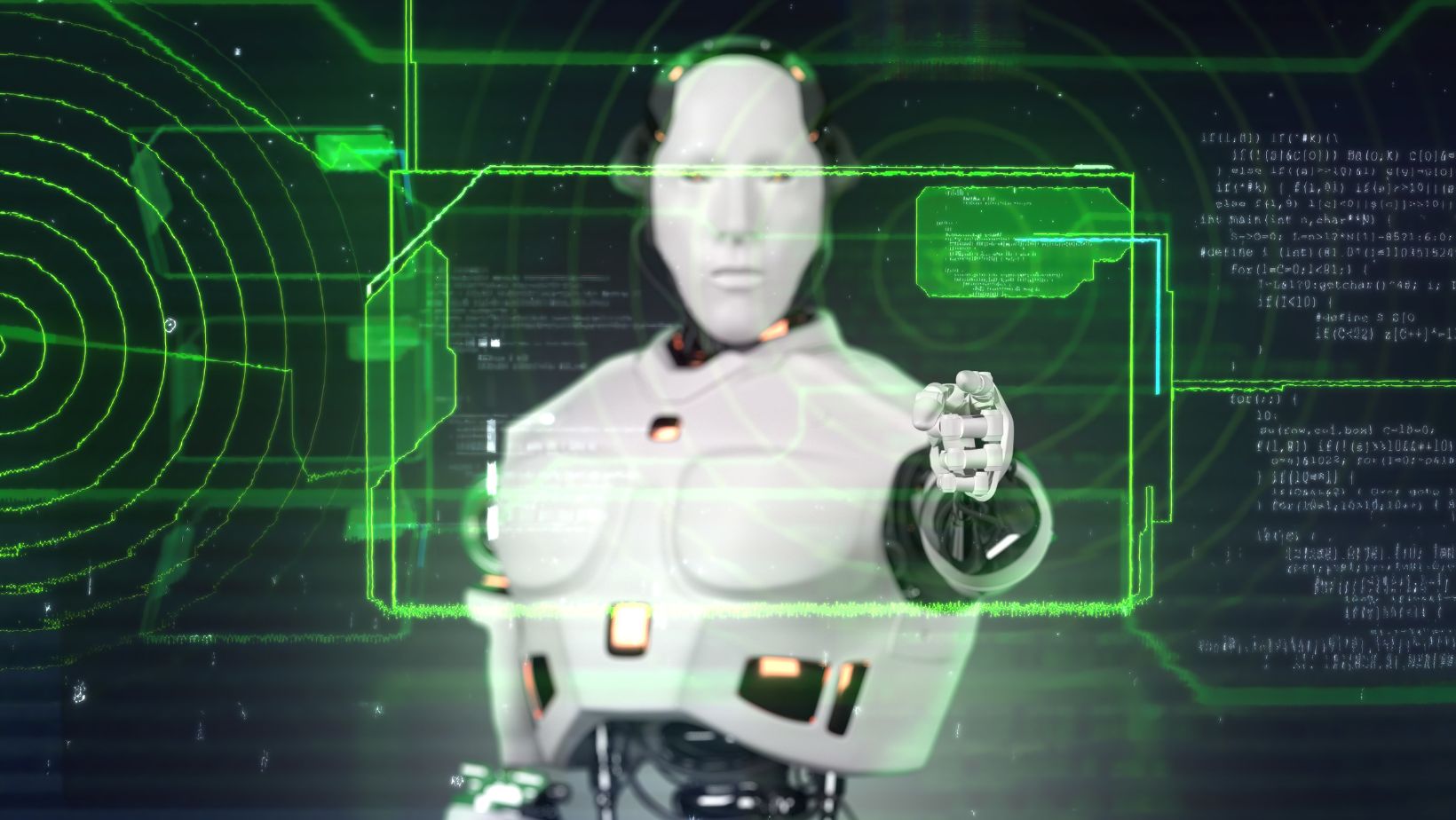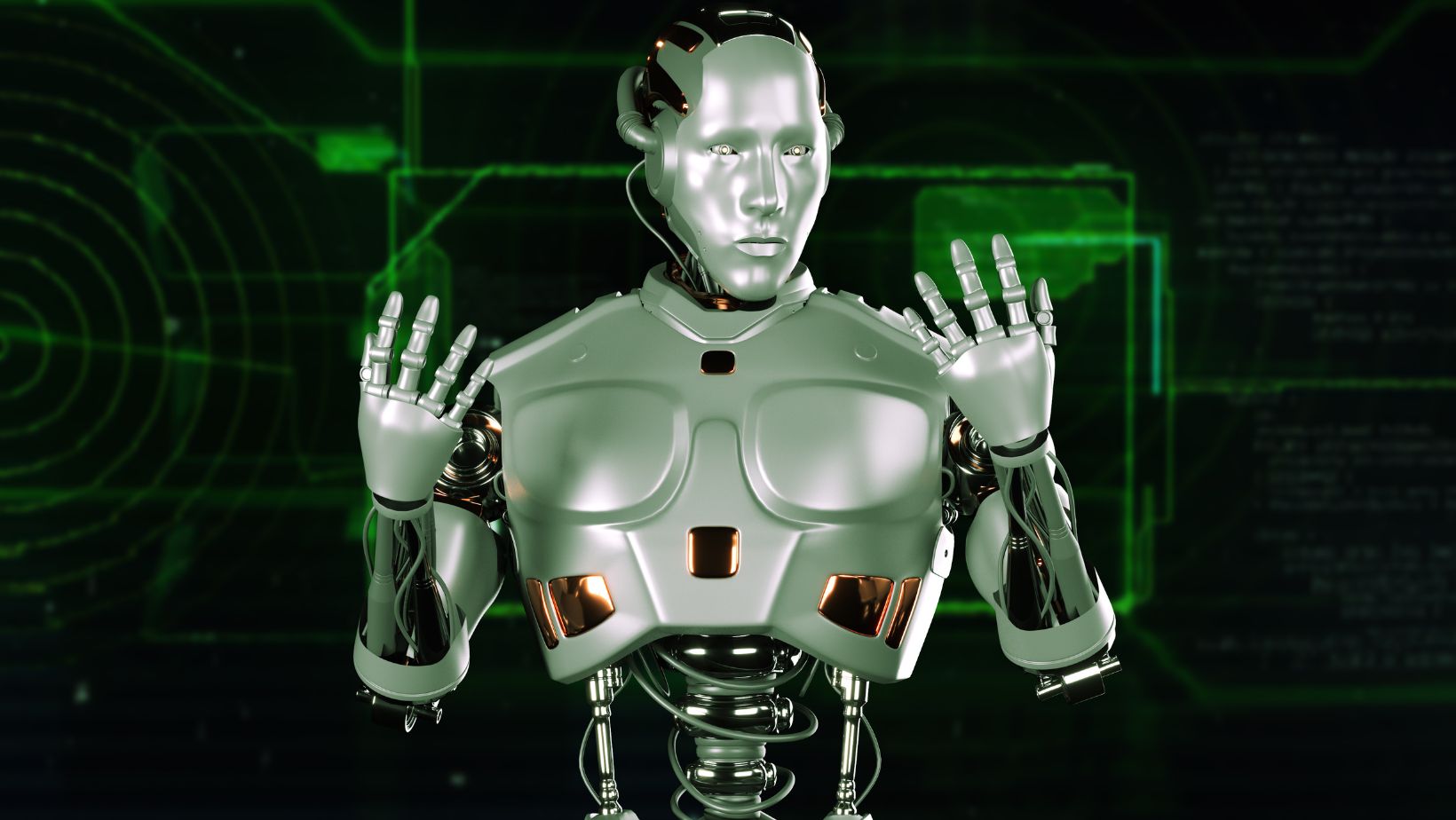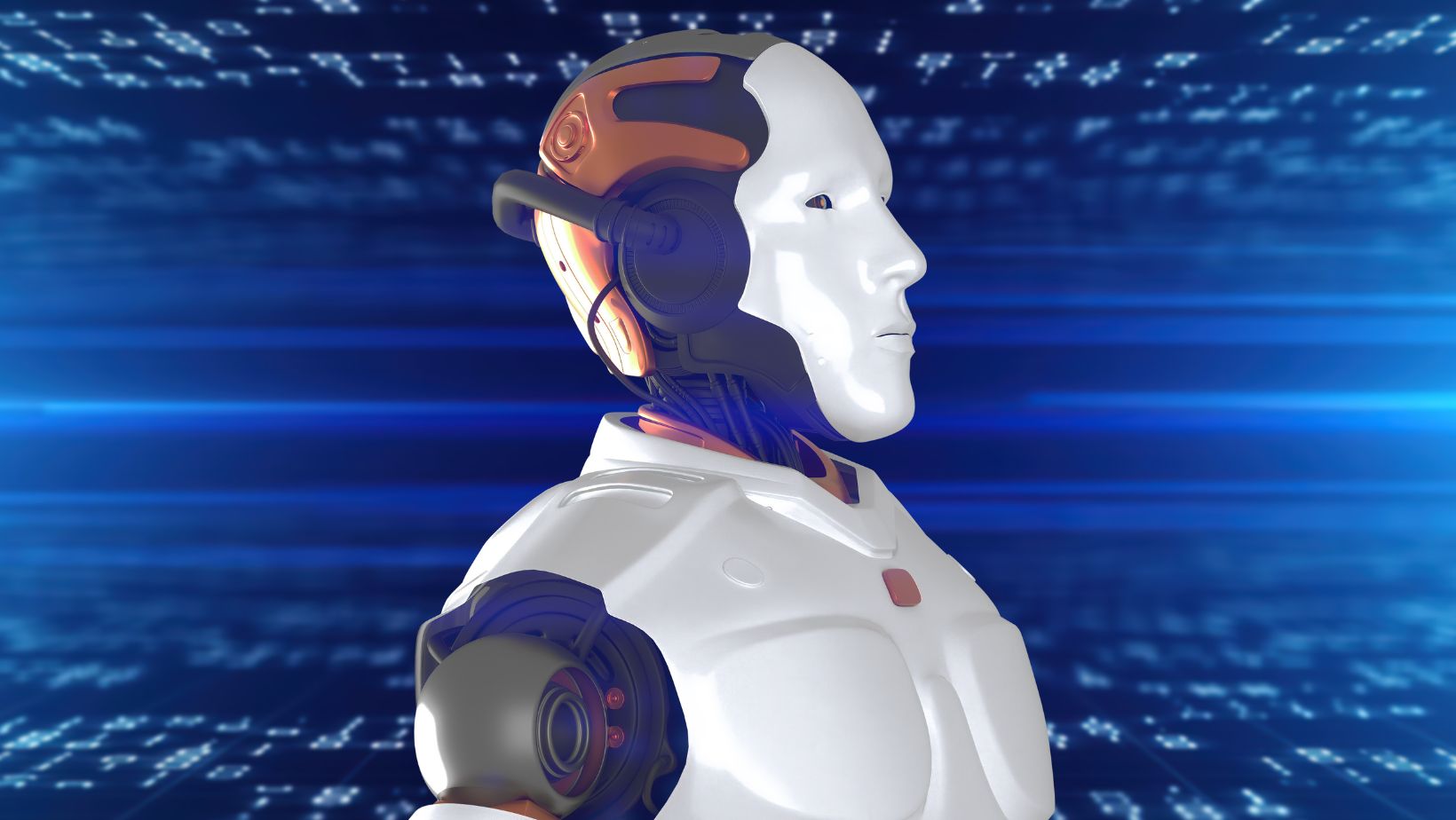
Artificial Intelligence now lets us make fake celeb photos that look real. It’s all down to something called Generative Adversarial Networks or GANs. Here’s the deal: you’ve got two brainy computer networks that team up and get super good at creating digital make-believe.
Yeah so this is a big whoa for what AI can do, but hang on – it’s a bit of a nightmare for privacy, you know? The whole deepnude scene and these naked celeb shots are blowing up big time, and it’s got folks talking privacy and who owns digital you.
Both the freebie versions and the fancy ones are catching on, but yikes, that’s a whole bunch of drama around making stuff nobody said you could.
So let’s dive in and snoop around, eh? We’ll check out how these brainy tech tricks work, shake up the showbiz, and legit, we’re gonna see how the big names can shield their pics in this crazy cyber playground.
Understanding Undress AI Technology and Tools
The inner workings of undress AI tools rely on deep learning tech. These apps use CNNs and GANs to handle and change pictures with great care. This tech has a big impact on how these tools work.
How deepnude tools work
The AI starts by analyzing images to identify key features, textures, and body contours. The system extracts features to tell clothing and skin apart. Prediction algorithms then rebuild the areas where clothing was removed. These tools can generate results in seconds.
Popular celebrity undressing services
The market for these services has grown by a lot. Social media platforms have become the main marketing channels. Research shows that user involvement with these services jumped from 1,280 posts in 2022 to over 32,100 posts in 2023 – a 2,408% increase. The platforms report more than a thousand users each day.
Technical limitations and capabilities
Modern undress AI tools show advanced capabilities in:
- Live processing with minimal delay
- Interactive editing controls for customization
- Precise clothing segmentation
- Semantic understanding of different clothing types
In spite of that, these tools have technical limits. Output quality depends on the input image resolution. Images need a minimum width of 1024px for the best results. The technology doesn’t deal very well with generating certain body parts and textures. Many legitimate services then require payment or subscription for better-quality outputs.
Open-source diffusion models have improved image quality by a lot compared to previous versions. The blurry results of earlier versions are now gone. The technology is now more available, but this raises concerns about what it all means for potential misuse.
The Growing Market of Celebrity AI Manipulation
The market for celebrity AI manipulation has grown faster than ever before. Website traffic for AI celebrity undressing services reached 24 million unique visitors in September alone.
Current market trends in naked AI celebs
Social media platforms show a surge in celebrity undressing services. Reddit and X have seen referral link spam for these services jump by over 2,000% since early 2023. Anyone can now create fake personas without technical knowledge, which has become a worrying trend.
Key players and services
Several platforms dominate this space:
- Website-based services
- deepnude Telegram bots and channels
- Undress mobile Apps
Revenue models and accessibility
These services make money through subscription models. Some platforms operate on a subscription model, offering premium access for a monthly fee. The market has evolved from small forums into an automated, large-scale online business.
Entertainment agencies have started responding to this industry’s growth. The Creative Artists Agency (CAA) created CAAvault, a digital asset management system that protects celebrity images. This platform helps professionals monitor and control their image usage. It gives businesses an ethical way to license celebrity content.
Lawmakers and regulatory bodies have noticed this rapid growth. The Department of Homeland Security recognizes the challenges these technologies create, especially regarding AI-generated media’s timing and effects. Americans are becoming more aware too – almost 50% believe AI will hurt future elections.
Impact on Entertainment Industry
AI technology that undresses celebrities has altered the map of celebrity image rights in the entertainment industry. Legal frameworks can’t keep up with these rapid technological changes. We needed to protect against unauthorized AI-generated content.
Celebrity image rights in digital age
The right of publicity now goes beyond traditional protections and covers digital replicas and AI-generated content. In fact, more than 30 states provide varying degrees of protection through statutes and judge-made laws. The legal landscape remains fragmented, but some jurisdictions need written consent while others accept implied permission to use images.
Marketing and publicity implications
Celebrity marketing has experienced substantial effects. Companies saw a 4% increase in stock prices and sales after signing celebrity endorsers. AI-generated content has disrupted this model by creating unauthorized endorsements that damage brand value. To name just one example, deepfakes impersonating Tom Hanks and other celebrities appeared in unauthorized advertisements.
Industry response to undress ai celebrity trend
The entertainment sector has implemented several protective measures:
- Creative Artists Agency developed CAAvault for digital asset management
- Studios now require “clear and conspicuous” consent for digital alterations
- SAG-AFTRA secured compensation rights for employment-based digital replicas
Of course, the industry’s response extends to legislative action. Tennessee’s ELVIS Act prohibits unauthorized AI voice mimicry. California’s SB 926 makes it illegal to create and distribute AI-generated explicit content that causes emotional distress. These measures show growing recognition that celebrity rights need protection in our AI-driven world.
Digital Authentication Solutions
Tech companies and media organizations are building strong authentication systems to protect digital content from misuse. These technological safeguards have become our most important defense against unauthorized AI manipulation.
Blockchain verification systems
Reuters created a groundbreaking system by teaming up with Canon to embed cryptographic data right into images when they’re created. Each photograph gets a unique identifier (hash value) that goes onto a public blockchain with any changes made later. We used this system to help news customers check if images are real by matching hash values on the public ledger.
Image watermarking technology
Google’s SynthID marks a big step forward in watermarking technology. The system puts an invisible digital watermark into image pixels that you can still detect after changes like color adjustments and compression. These embedded signals fight off common tampering attempts better than old-style visible watermarks.
MIT researchers developed PhotoGuard as another way to protect images. Their tool changes photos in ways you can’t see but that stop AI systems from manipulating them. It works by adding secret signals that mess up how AI models process and generate images.
Detection of manipulated content
AI detection tools look at content through complex algorithms that learn from millions of real and fake images. These tools can:
- Highlight suspicious areas in images
- Provide confidence scores for authenticity
- Detect anatomical inconsistencies
- Flag potential AI-generated elements
Experts say we need more than just detection – we need multiple layers of protection. The Content Authenticity Initiative (CAI), backed by major tech companies, uses Content Credentials to track every change in an image’s life – from creation through edits. This creates a permanent record that makes unauthorized changes easier to spot.
These solutions keep getting better, but challenges still exist. Watermarks that worked well at first can be removed if someone tries hard enough. Detection tools sometimes struggle to keep up with state-of-the-art AI generation techniques. These protective measures won’t completely stop manipulated content from spreading unless everyone uses them.
Conclusion
AI has showed remarkable abilities to create digital illusions. These advancements bring important responsibilities. The explosive growth of undress AI tools and a 2,408% rise in social media participation clearly shows we need reliable protective measures.
Unauthorized AI manipulation can be prevented through legal frameworks and technological solutions. Celebrity images receive essential protection from blockchain verification, sophisticated watermarking systems, and detection tools. CAAvault industry initiatives and the ELVIS Act legislation are vital steps that safeguard digital rights.
The entertainment industry faces a pivotal moment between state-of-the-art technology and image protection. Authentication solutions keep pace with increasingly sophisticated AI tools. A careful balance between advancing technology and protecting individual rights becomes more critical as AI capabilities grow beyond current limits.
Better protective measures and promoting responsible technology use lead to success. Industry stakeholders, lawmakers, and technology developers must maintain their alertness to ensure ethical AI development that preserves innovation and personal rights.


